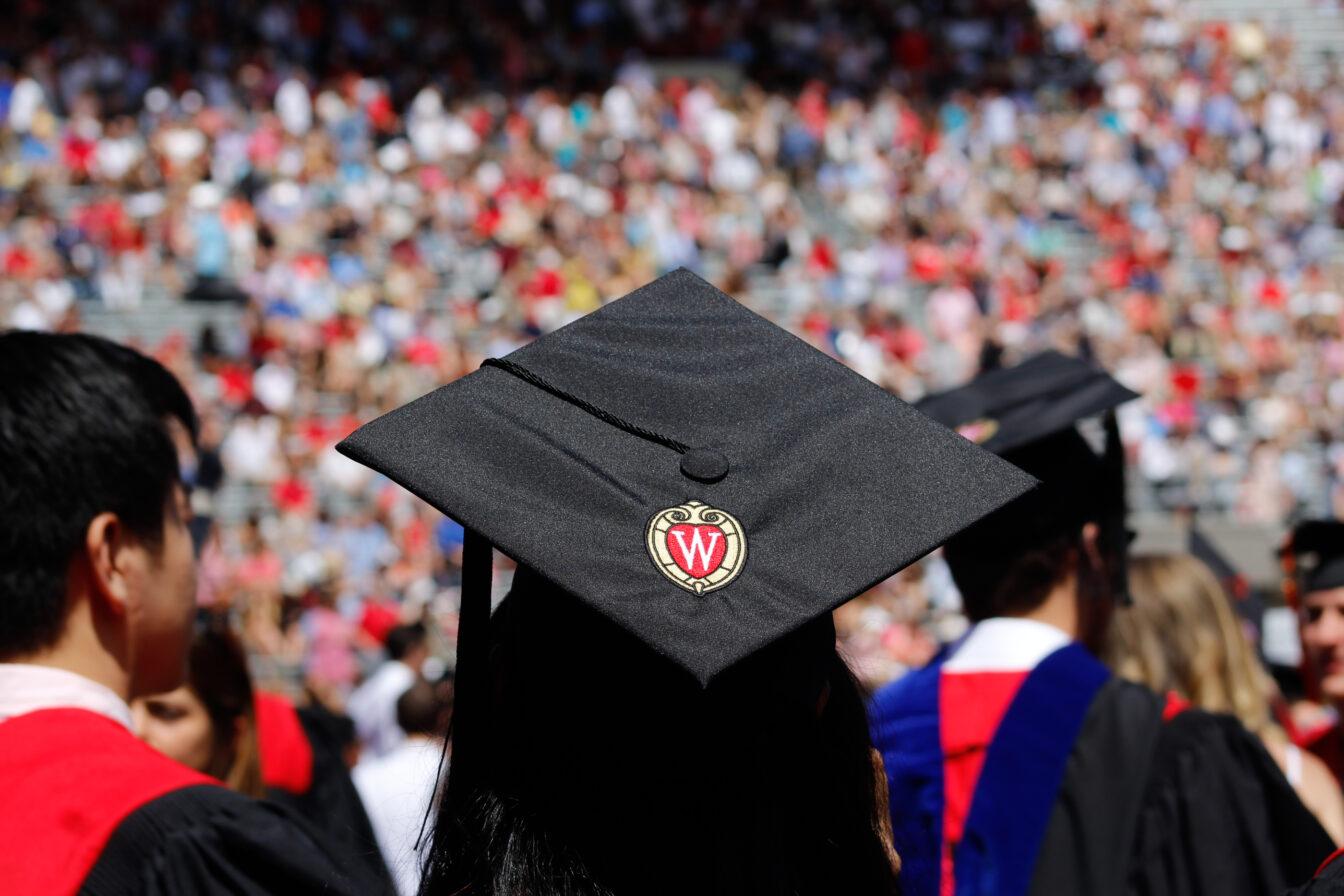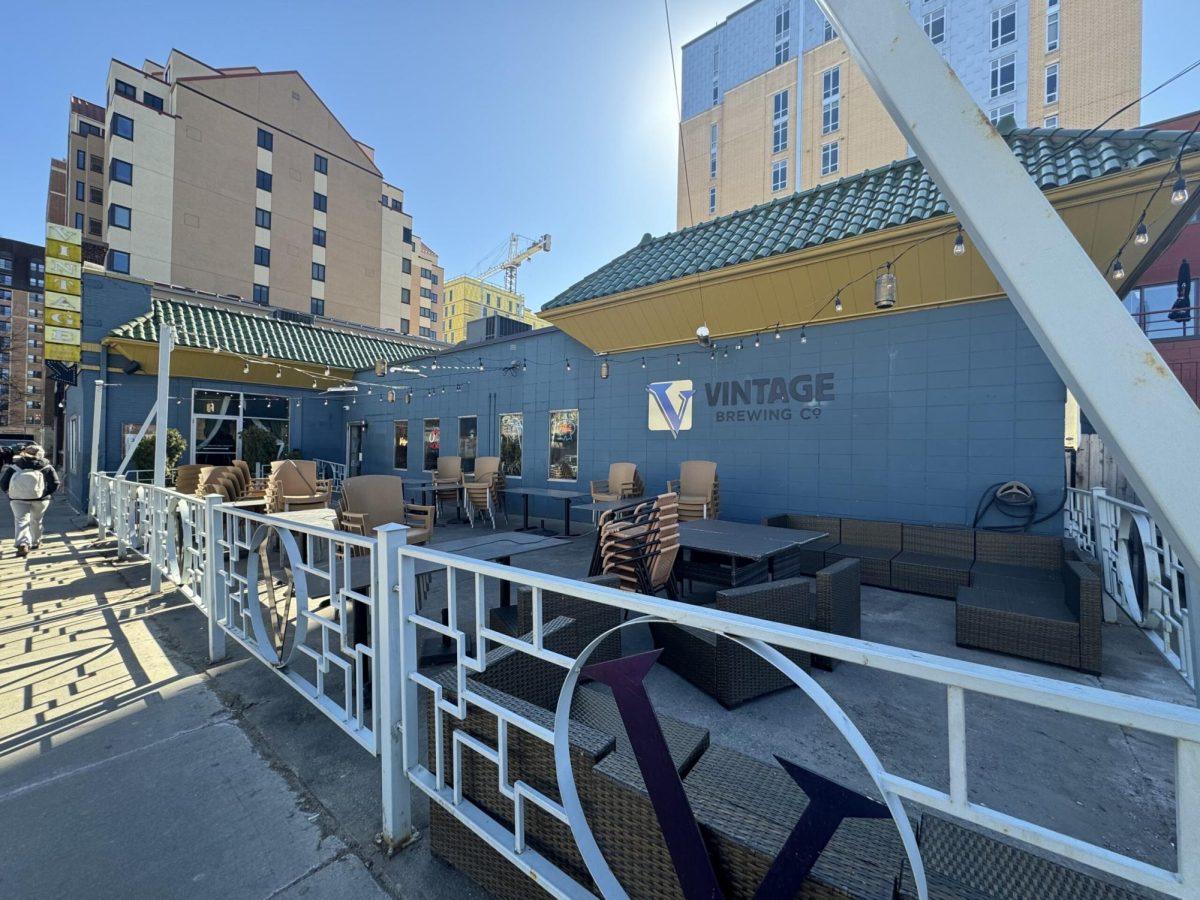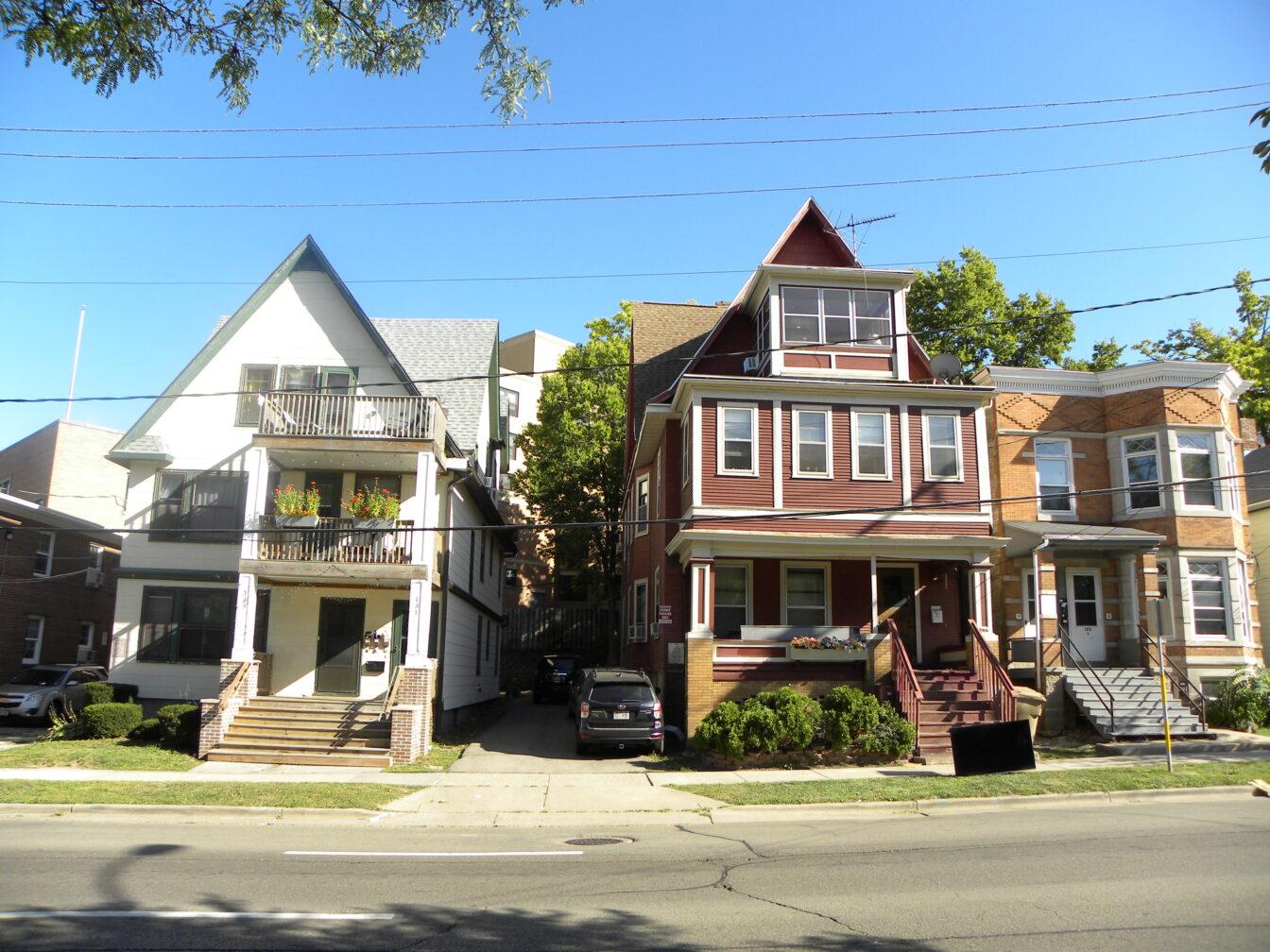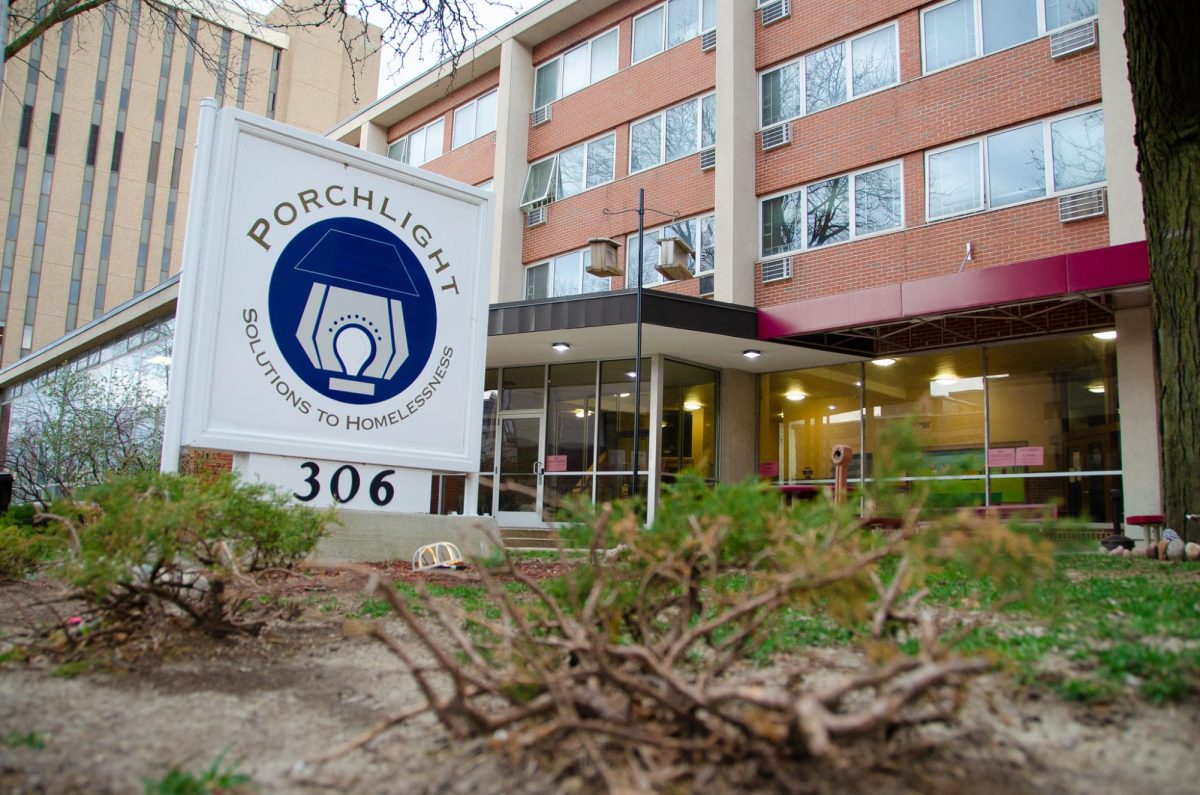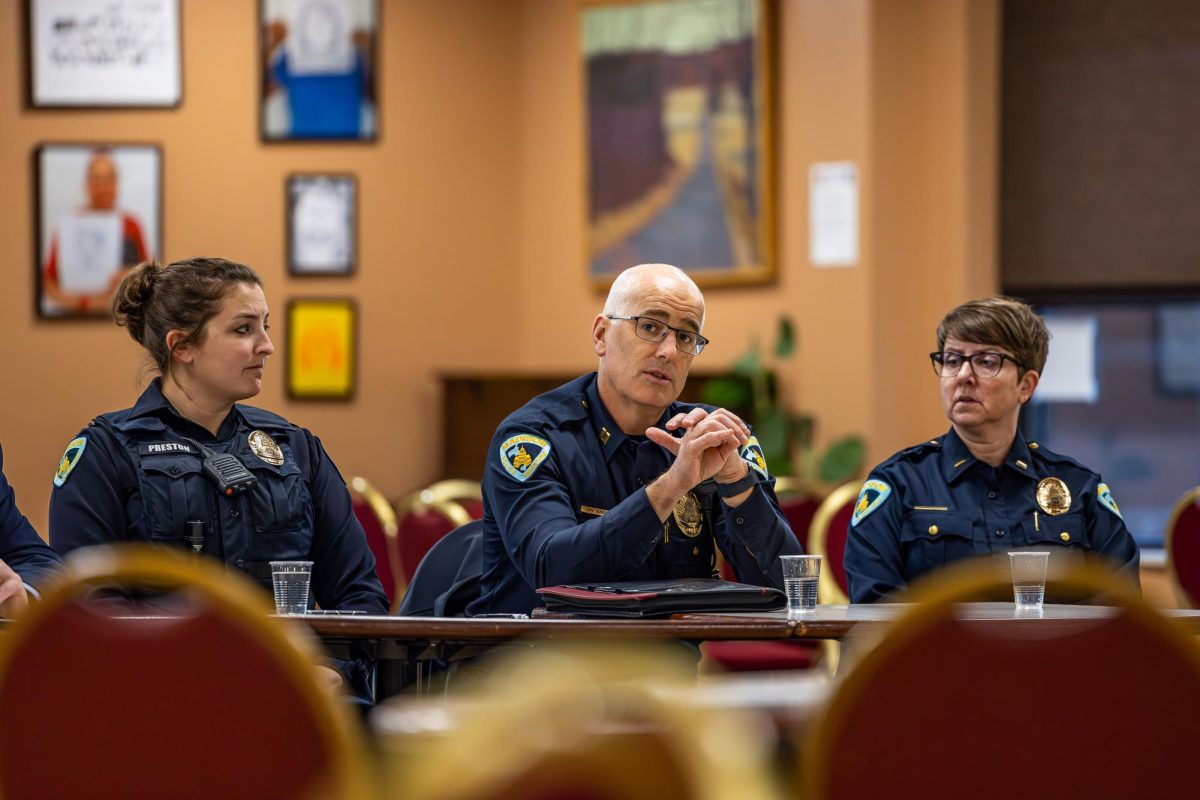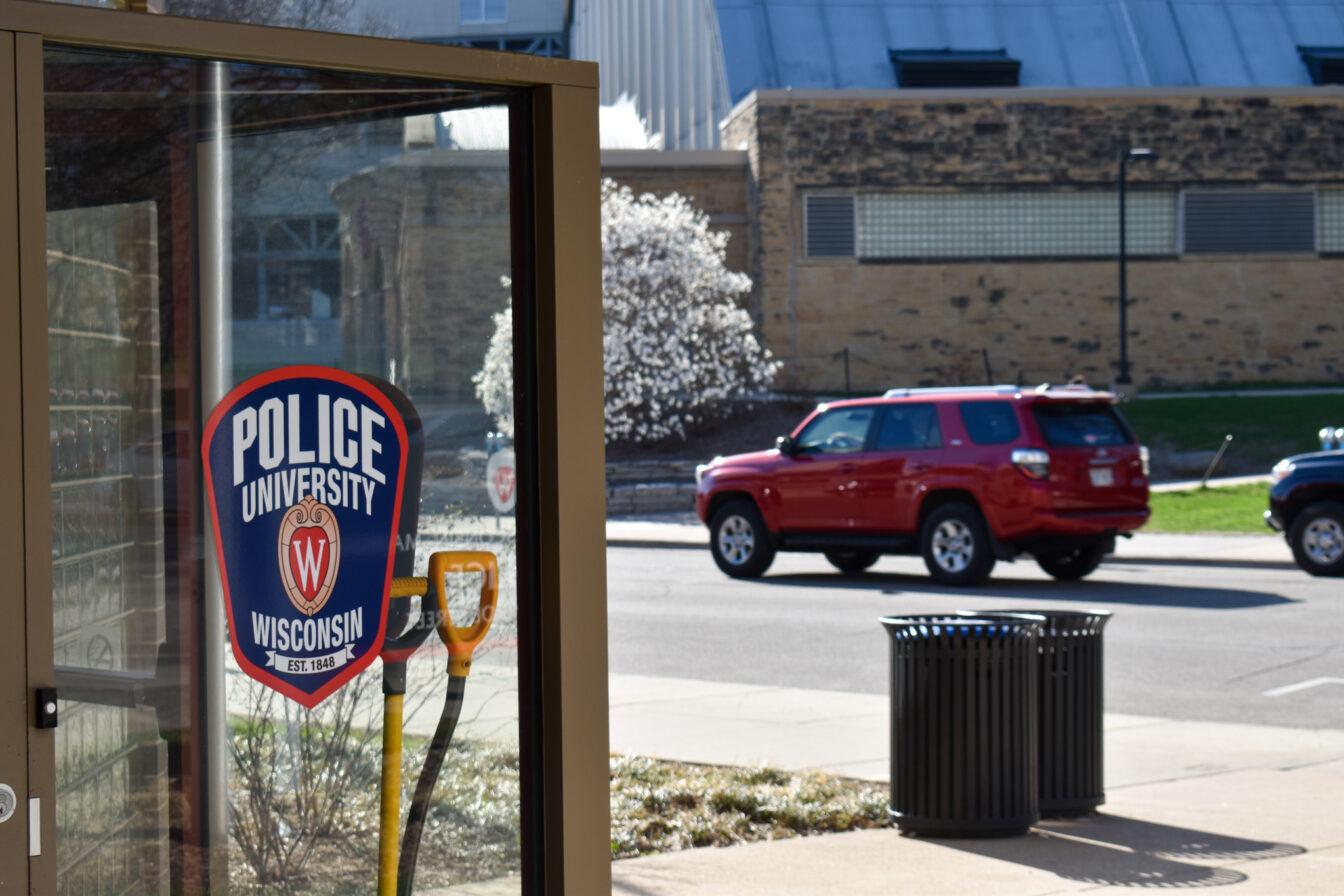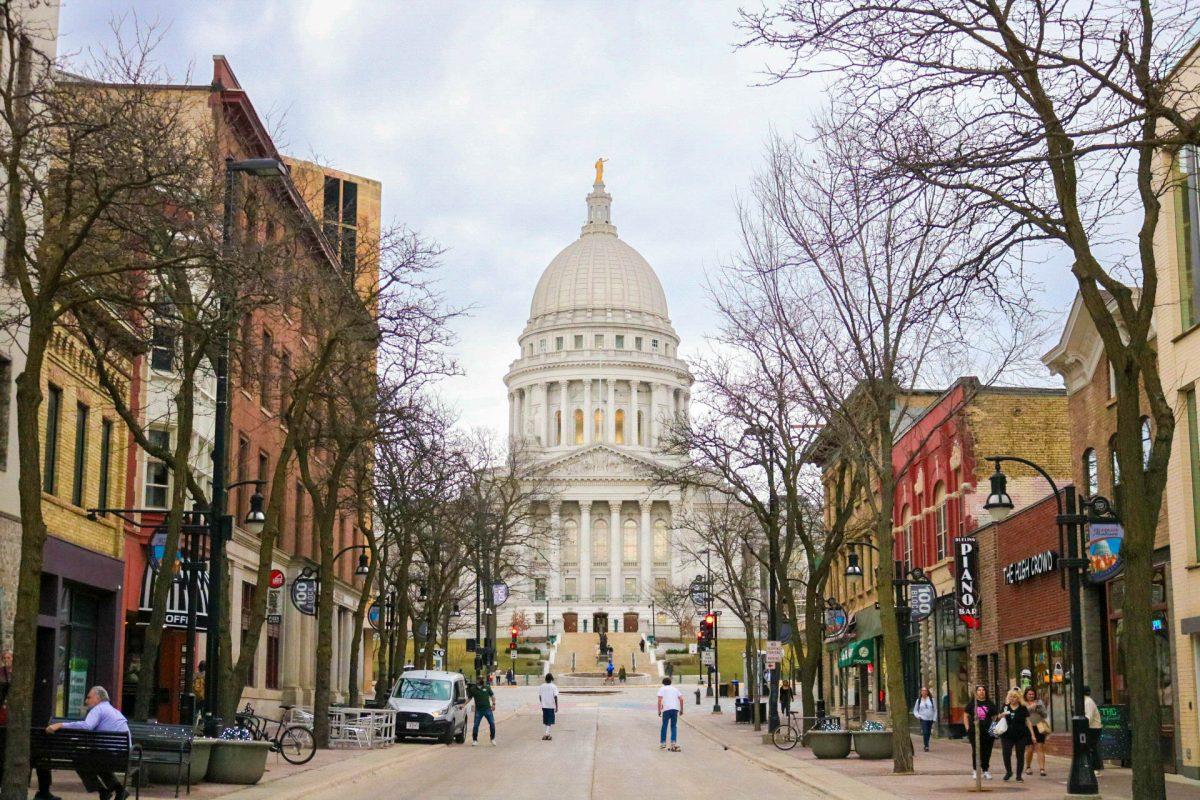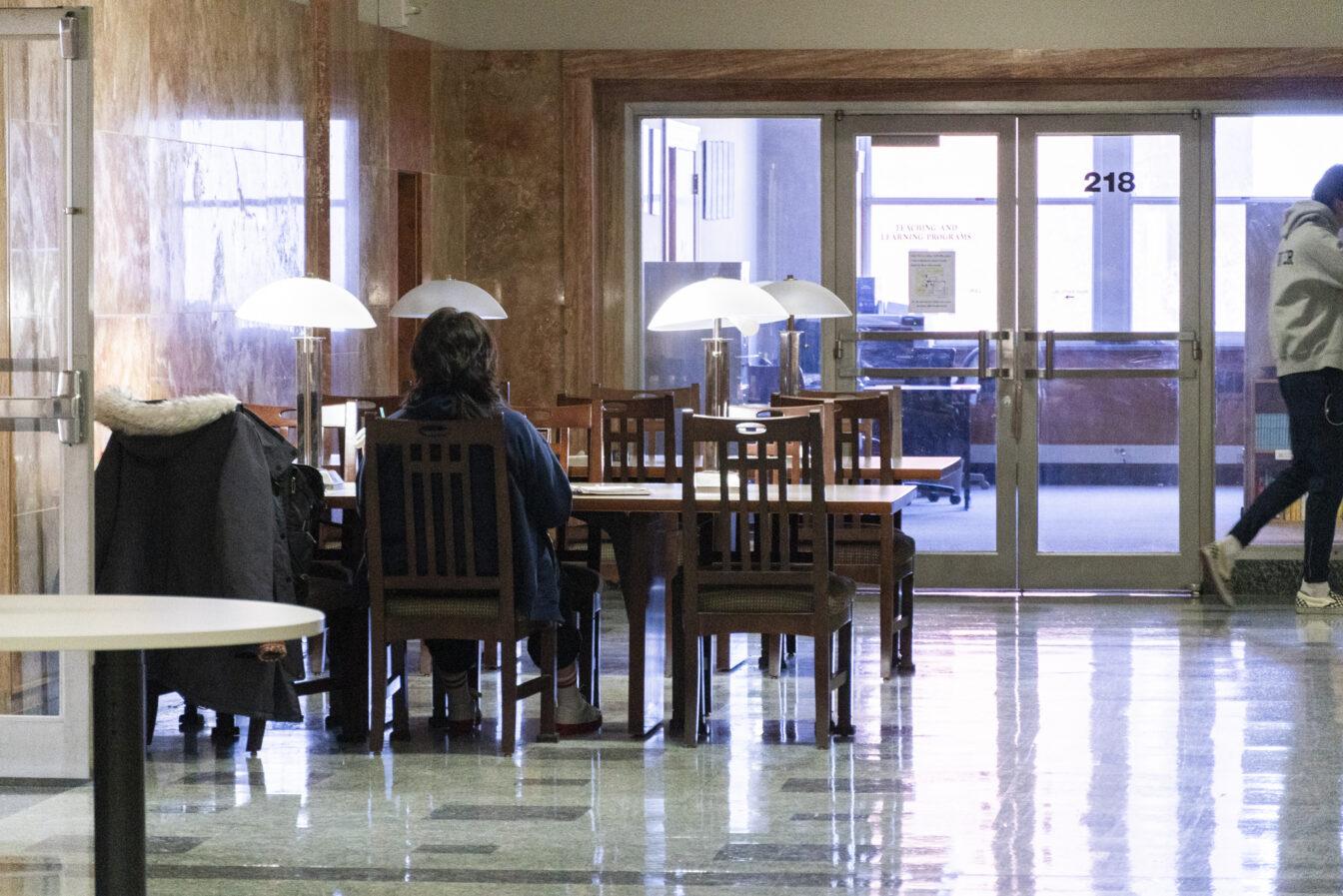In an effort to bring Internet access to underserved neighborhoods throughout Madison, city officials are looking to garner support for projects from partners in the community.
The city’s Digital Technology Committee released a statement requesting any individuals or coalitions who are interested in working the issue join in the collaborative effort to close the digital divide.
The city will use community input from individuals and businesses to improve Internet access, Ald. Scott Resnick, District 8, said. City Council is currently providing resources to schools that lack adequate technology, he said.
“Madison is working with Madison school districts and we are targeting low-income neighborhoods for free Internet access. Students can take home devices depending on their age,” Resnick said. “You look at what advantages the Internet provides to students … we are leveling the playing field.”
Mayor Paul Soglin said community support is critical for this project to succeed. The general consensus is that there should be access for everyone, he said.
There have not been any significant responses from the community yet, but Soglin said he hopes to complete the project by the end of the year. He said the city is also looking to Charter for support of the project.
The city is looking to build a backbone around the community and is continuing to seek answers to the digital divide.
“We have 135 miles of fiber-optic [cables] right now. If we could get more and more private companies to commit to extending the service, it would also enhance Madison.”
$150,000 of city money has already been allocated to providing Internet access infrastructure in 2014 to areas affected by the digital divide. The Digital Technology Committee is expecting between one to three projects to come from this funding, according to the city statement.
The committee is also working in collaboration with the Madison Metropolitan School District and recommending these projects complement the district’s technology plan.
“The digital divide is the gulf that exists, for geographic or socio-economic reasons, between those who have easy access to computers and the Internet, and those who do not,” the statement said. “This is especially worrisome in Madison for children in families who are on the wrong side of the ‘digital divide’ and are at risk of falling even farther behind their better-connected peers.”
The divide is more apparent in schools where students need computers to do homework, Resnick said.
Soglin said the city adopted legislation in 2009 that took away service provider regulation. This has caused more challenges for the city’s Internet improvement plan, he said.
“It is estimated in the U.S. that 20 to 25 percent of low-income neighborhoods do not have Internet access,” Soglin said. “In some parts of the U.S., companies are providing Internet access for $12 a month to provide access to more communities.”
Soglin said improved Internet access would benefit the entire city by increasing connectivity speed and the overall quality of Madison’s service.


